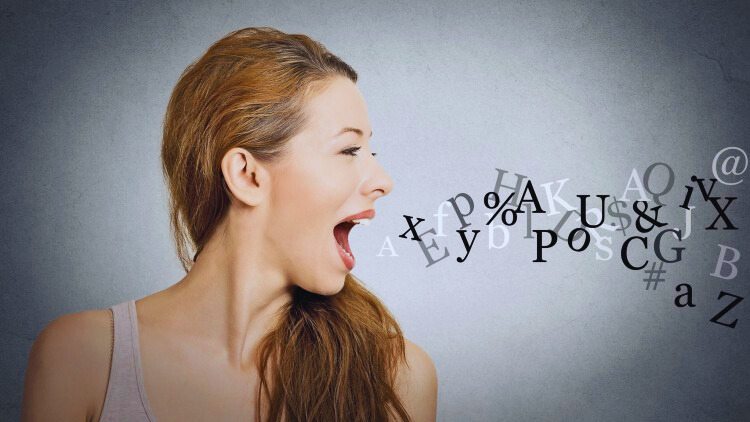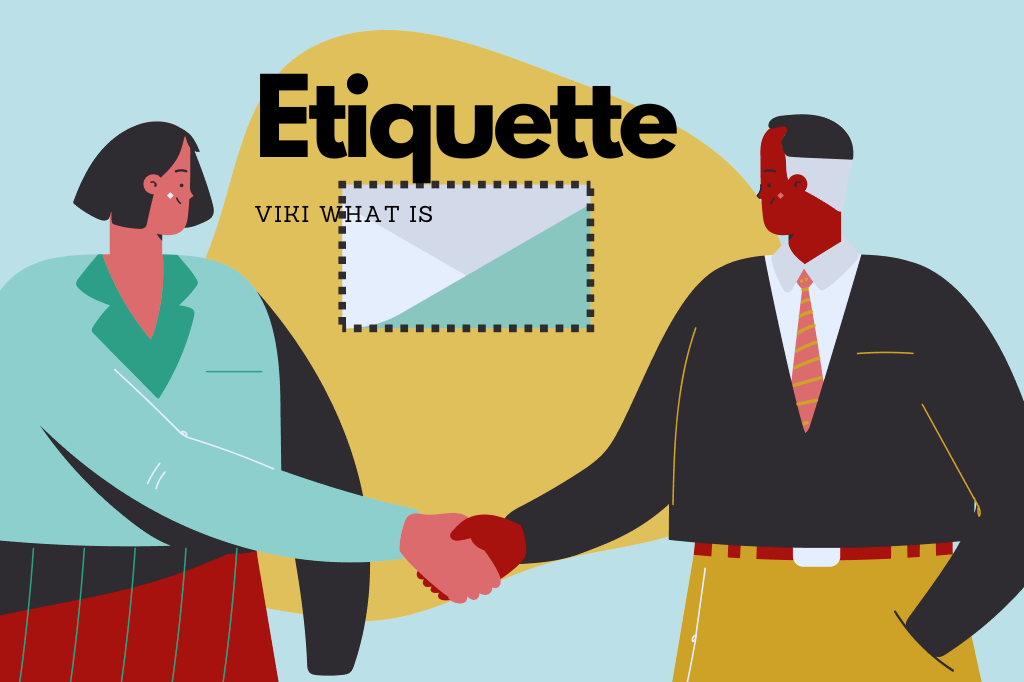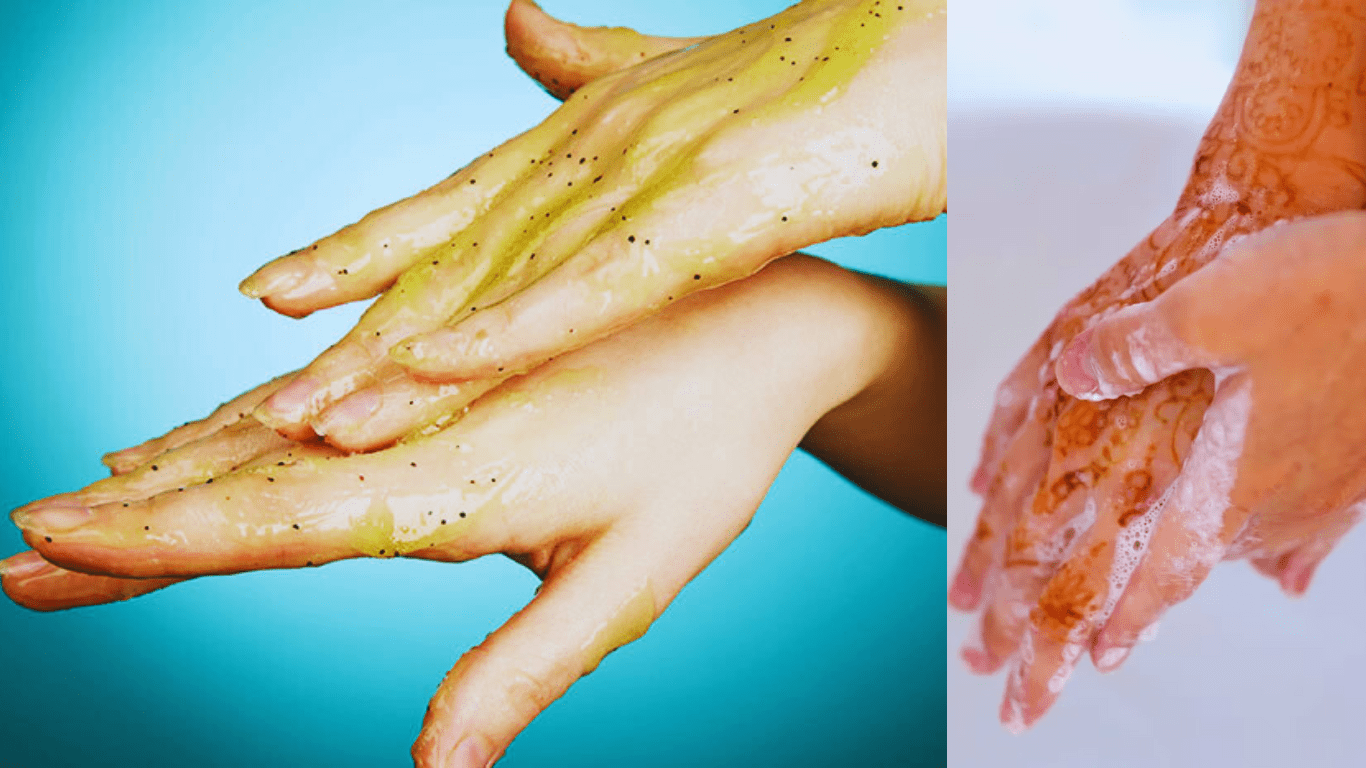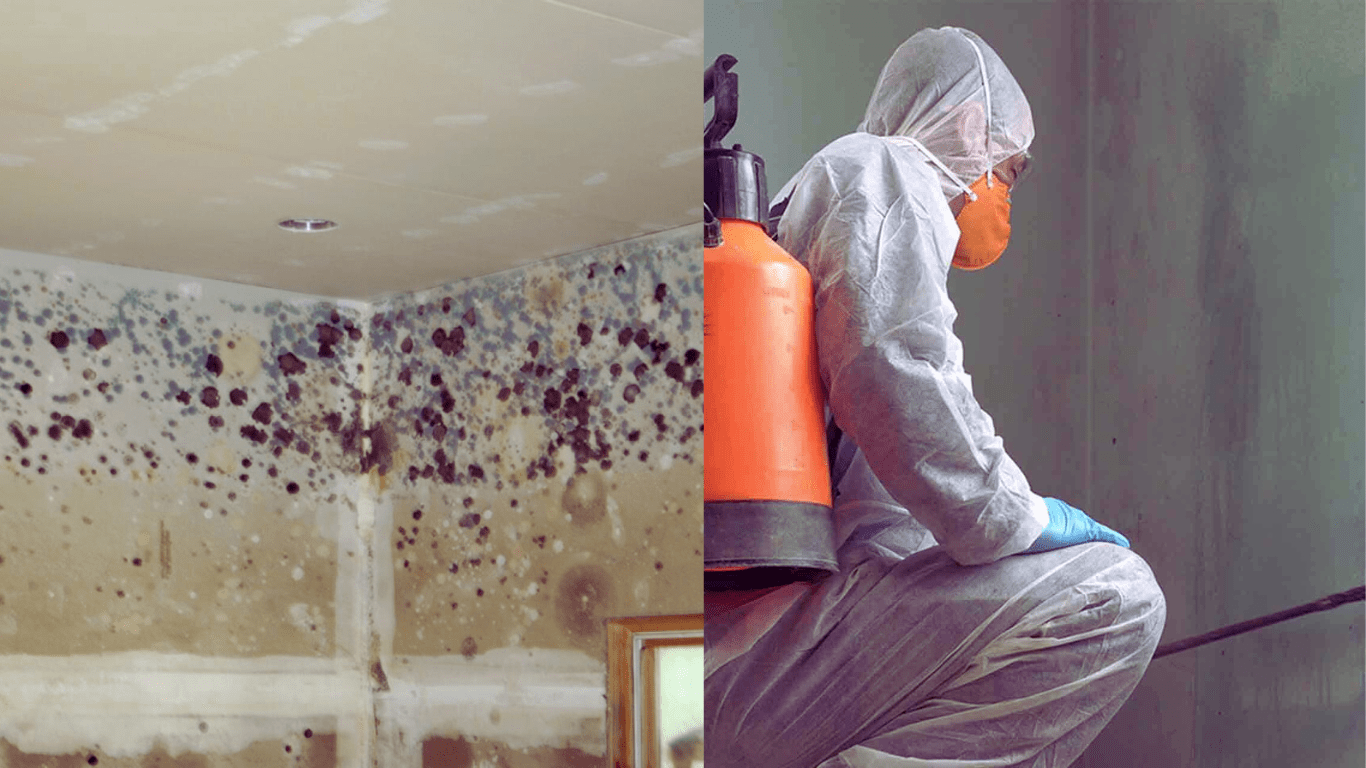Introduction
In social interactions, manners and etiquette play a crucial role. But before you master the art of politeness, knowing how to pronounce “etiquette” correctly is essential. This guide will walk you through the proper pronunciation of this word and provide insights into its usage. By the end, you can enunciate “etiquette” with confidence and poise.
How to Pronounce Etiquette

Etiquette pronounced “EH-ti-kit,” is a word that often intimidates people due to its French origin. However, mastering its pronunciation is easier than you might think. To pronounce it correctly, follow these simple steps:
- Break It Down: Divide the word into syllables: “EH” – “ti” – “kit.”
- Emphasize the First Syllable: Put stress on the first syllable, “EH.” Make it slightly longer and louder than the others.
- Soft “t” Sound: The “ti” in “etiquette” is pronounced with a soft “t” sound, almost like “tee.”
- Quick “kit”: Finish with a quick “kit,” almost as if you’re saying “kit” in one breath.
Practice this pronunciation a few times, and soon, you’ll say “etiquette” effortlessly.
Etiquette in Everyday Life
Understanding and using etiquette appropriately is essential for smooth social interactions. Whether you’re attending a formal event or simply having a conversation with someone, knowing the rules of etiquette can make you appear more refined and courteous.
Here are some key aspects of etiquette:
Greetings and Introductions
In many cultures, greetings are crucial. Knowing how to offer a proper greeting can leave a lasting positive impression. Common greetings include handshakes, hugs, or even just a friendly nod.
Table Manners
When dining with others, good table manners are essential. These include using utensils correctly, chewing with your mouth closed, and not talking with food in your mouth.
Communication
Effective communication is vital in any social setting. Etiquette dictates that you should listen actively, avoid interrupting others, and maintain eye contact.
Dress Code
Different occasions call for different attire. Knowing how to dress appropriately shows respect for the event and the people you’re with.
Thank You Notes
Sending thank you notes or expressing gratitude in a thoughtful manner is a sign of good etiquette. It shows appreciation and consideration for others.
Conclusion
Mastering the pronunciation of “etiquette” is just the beginning. Understanding and practicing good etiquette can significantly enhance your social interactions. Remember, politeness and consideration for others never go out of style. So, go ahead and embrace the world of etiquette—it’s a path to more harmonious relationships and confident communication.
Read also: How to Pronounce Noun: A Comprehensive Guide
Etiquette remains relevant in contemporary society. It helps create positive social connections and fosters respect and civility.
Yes, poor etiquette can strain relationships and create discomfort. Being mindful of etiquette can help maintain healthy connections.
Absolutely. Etiquette varies widely across cultures, so it’s essential to be aware of cultural norms when interacting with people from different backgrounds.
No, etiquette applies to everyday life as well. Politeness and consideration should be part of your daily interactions.
Improving your etiquette involves observation and practice. Pay attention to others who display good etiquette, and don’t hesitate to seek guidance.
Yes, etiquette can evolve with cultural shifts. What was considered polite in the past may not be the same today, so it’s essential to stay informed.




